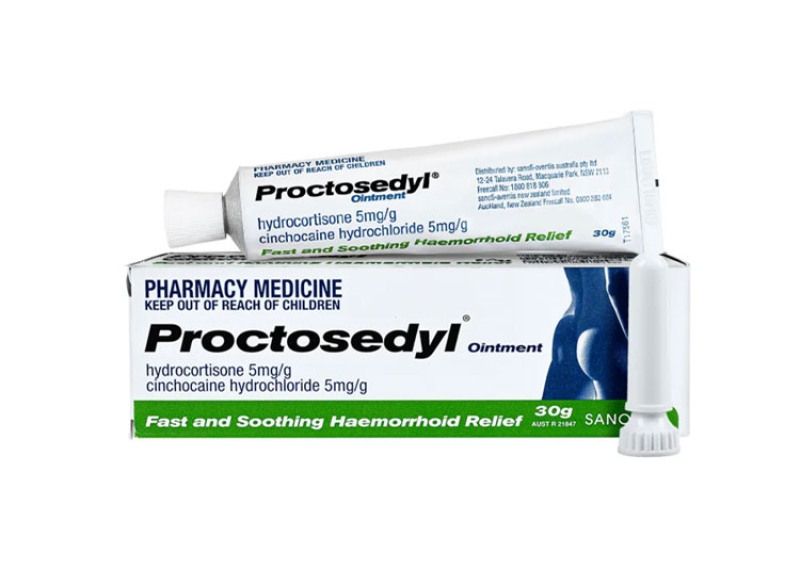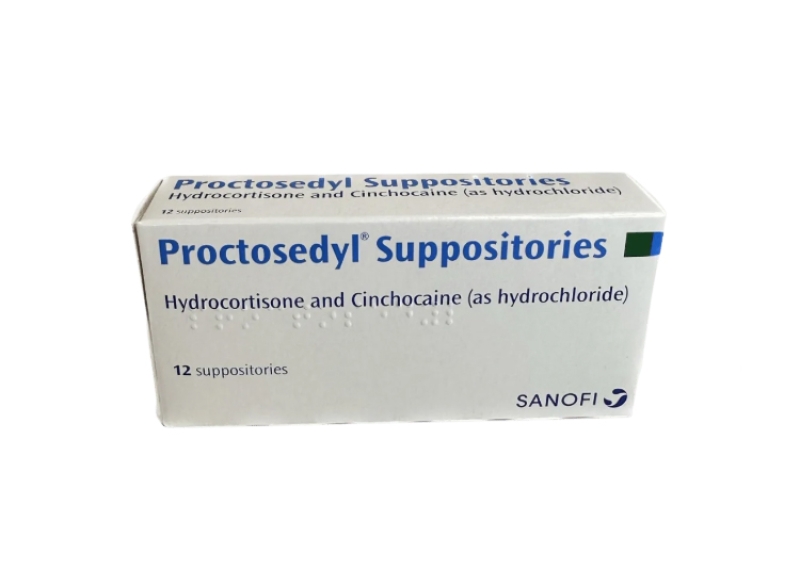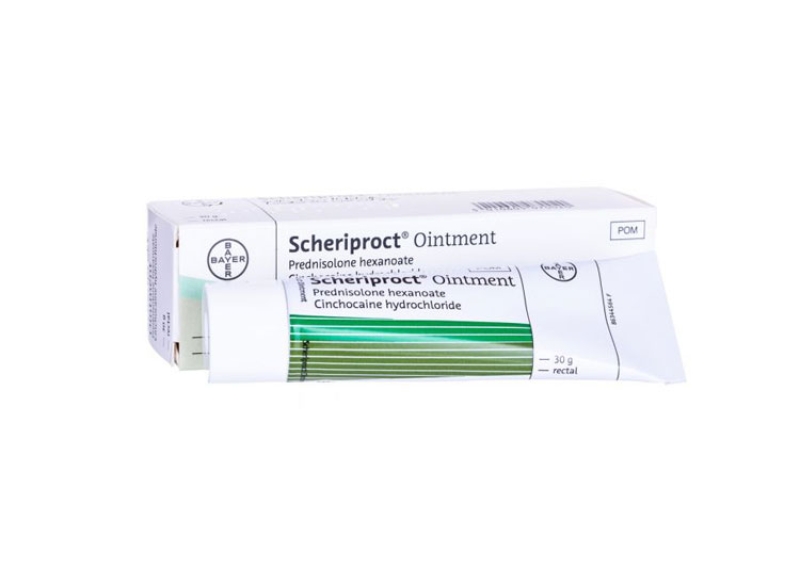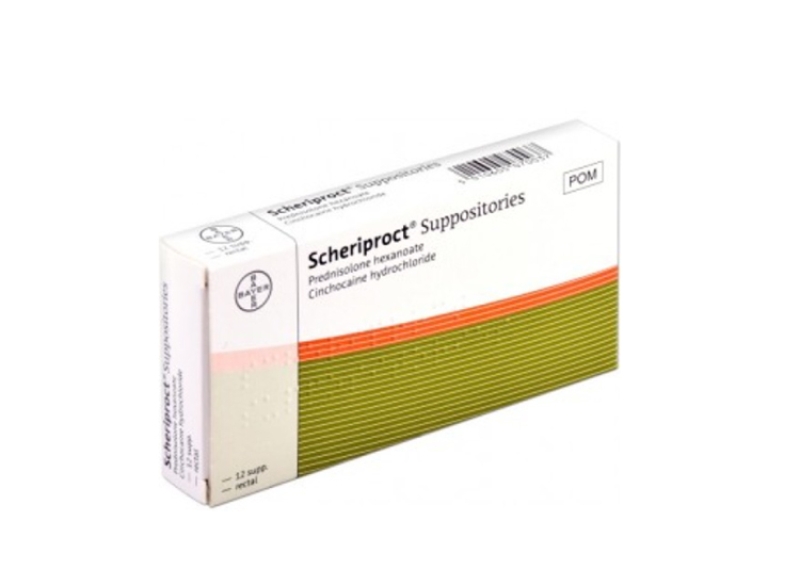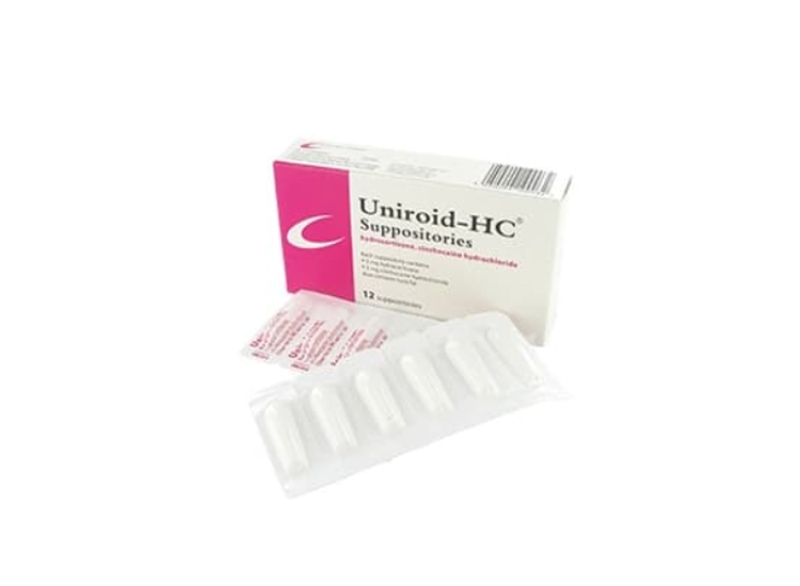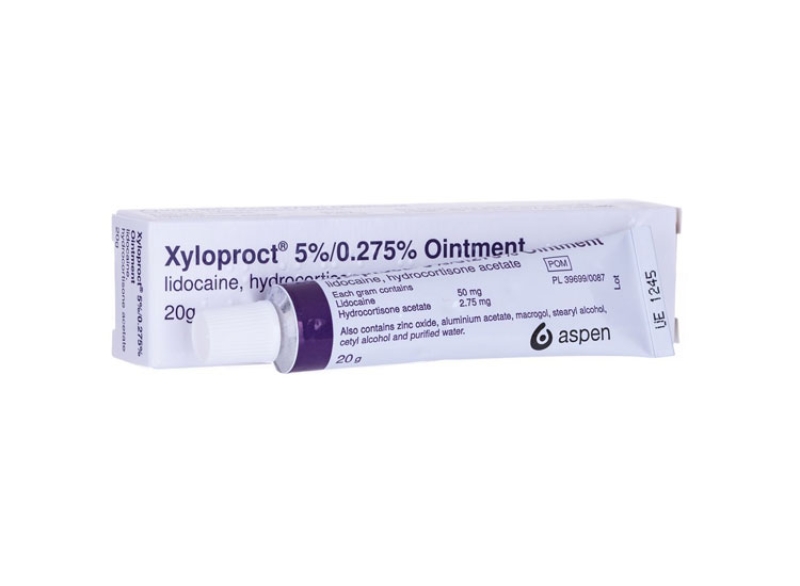How to Order ? Simple.
-

1.
Select Treatment
Choose from our treatment options or speak to the in-store pharmacist for advice
-

2.
Complete Medical Questionnaire
Complete our free online medical consultation to be reviewed by our Clinical Team
-

3.
Collect Medication from Local Pharmacy
We will notify you when your medication is ready for collection
Advice for Haemorrhoids/Piles
Haemorrhoids (also known as piles) are very common and affect up to an estimated 8 million people in the UK. The condition affects at least half of people at some stage in their lives. Haemorrhoids are enlarged blood vessels that you can get inside or around your anus (the opening of your bottom). It’s completely normal to have blood vessels in your anus, as they play an important role in continence. But piles can develop if these blood vessels become enlarged, which can cause symptoms such as itchiness, swelling, pain or even bleeding around the anus.
The blood vessels around the anus and rectum swell up and enlarge, creating a hanging lump that can protrude from the anus. This lump may need to be pushed back in after going to the toilet. The inflammation begins internally but the inflamed parts can push their way out of the anus, which can be very painful.
Piles are of two types: internal and external piles. It’s possible to have both internal and external piles at the same time. Internal piles start inside your anal canal, but they might hang down and come out your anus. They’re graded according to whether they come out, and if so, how far they come out.
- First degree piles may bleed but don’t come out of your anus.
- Second degree piles come out of your anus when you have a poo, but go back inside on their own afterwards.
- Third degree piles come out of your anus and only go back inside if you physically push them back in.
- Fourth degree piles always hang down from your anus and you can’t push them back in. They can become very swollen and painful if the blood inside them clots.
External piles are swellings that develop further down your anal canal, closer to your anus. They can be really painful, especially if they have a blood clot in them.
Piles can be caused by chronic constipation, diarrhoea, excessive straining during bowel movements, and a lack of fibre in the diet.
In most cases of piles, the symptoms are mild and relatively painless and often clear up on their own. In cases where piles are causing some discomfort, for example an itch or soreness around the anus, then over the counter treatments are available to purchase. If you have already been diagnosed with piles, and OTC treatments have not relieved the discomfort, or you experience pain or bleeding after passing a stool then it is worth trying our prescription medications which are usually more effective at treating the condition.
Piles don't always cause pain or other symptoms, but if you do have symptoms, they might include:
- Bleeding when you poo – you may see blood (usually bright red) on toilet paper or drips in the toilet or on the surface of your poo
- A lump in or around your anus
- A slimy discharge of mucus from your anus, which may stain your underwear
- A feeling of 'fullness' and discomfort in your anus, or a feeling that your bowels haven’t completely emptied after you've gone to the toilet
- Itchy or sore skin around your anus
- Pain and discomfort after you go to the toilet
For those who have a higher degree of haemorrhoids, the following symptoms may present:
- An itch, soreness or redness around your anus
- A visible lump that hangs down outside the anus
- A discharge of mucus or blood after passing a stool
These symptoms can vary a lot between individuals. They may also be caused by problems other than piles, such as inflammatory bowel disease, anal cancer, bowel cancer and an anal fissure (tear). So, if you have any of these symptoms, it is important to have your condition diagnosed by your GP before seeking treatment with Pharmacinta.
The NHS advises that if you receive any of the following symptoms, this could be a warning of a serious digestive illness, and you should see your doctor straight away:
- A sudden, persistent change in the pattern of how your bowels work
- Bleeding from the bottom
- Worsening heartburn, indigestion or stomach pain
- Losing weight unexpectedly
- Difficulty swallowing
Piles develop when the veins in your anal canal become swollen due to increased pressure in these blood vessels. This pressure then causes swelling and inflammation that become irritated by clothing and by passing stools.
There are other factors that can increase the likelihood of developing haemorrhoids, these include:
- If you strain when you go to the toilet, for example if you have constipation or long-lasting diarrhoea
- Getting older – your anal canal weakens with age, which makes piles more likely
- Having a persistent cough
- Lifting heavy objects
- Having a family history of piles
- Being overweight
- Long periods of sitting down
- Prolonged diarrhoea
- Repeated vomiting
Piles are also common during pregnancy. They may develop due to the higher pressure in your tummy (abdomen) when you're pregnant. They usually get better after you give birth.
Some people believe there's a link between stress and piles but there's no evidence to support this. But having piles can be potentially stressful.
Another theory is that you’re more likely to get piles around the time of your period. But there’s currently no evidence to support this.
If you have piles, it can be uncomfortable, and it's understandable if they make you feel a bit self-conscious. They might have an effect on other areas of your life, such as your sex life if your piles hang out or you have some discharge. But try not to worry – piles usually last less than a month and then shrink back, although they might come back.
If you make a few changes to your diet and lifestyle it can help with the symptoms of piles.
- Eat a high-fibre diet to help make your poo softer and easier to pass. This will help to reduce the pressure on the veins in your anus caused by straining when you have a poo.
- Drink enough fluids to keep hydrated but don't have too much caffeinated ones like tea and coffee.
- Keep active and exercise each day. There might be some activities that you may find difficult if you have external piles, such as cycling. You might find it helpful to use a cushioned seat pad if this is the case. Or, you may want to switch to something else for a while until your symptoms get better. Generally, though, physical activity is good for your health and shouldn’t make your piles worse.
- Try not to strain when you go to the toilet. Afterwards, gently clean around your anus with water and pat the area dry.
A lot of the time, haemorrhoids can go away on their own. However, if your symptoms are lasting longer than 7 days then you should seek treatment. At Pharmacinta, we have a range of topical medications to help manage your condition.
If there is severe inflammation around the anus then certain preparations, such as Scheriproct Ointment and Proctosedyl Ointment contain a steroid, which will help reduce inflammation. They also contain different ingredients designed to ease pain and irritation or act as a barrier. They are suitable for more serious cases of haemorrhoids (second and third degree) where over-the-counter treatments are ineffective. They are normally used in courses of 7-10 days at a time.
Over-the-counter Treatments
If you require medication, there are many different over-the-counter remedies available. These topical treatments include; ointments, creams, sprays and suppositories. Anusol, Germoloids and Preparation H are all treatments designed to soothe irritation in and around the anus. They are zinc-based, which provides a barrier for the sore skin, to ease irritation and help to prevent infection. Some also contain local anaesthetics to help to ease the pain of piles.
Constipation Treatment
If your piles are the result of constipation then a laxative may be necessary. These are medicines designed to empty the bowel and relieve any straining associated with passing stools. See our constipation section for further information on laxatives and treating constipation.
Non-surgical Treatments
Piles will usually go away on their own but, if they don’t, you might need to have a procedure to deal with the problem. There are some treatments that you'll need to go into hospital for as an out-patient. This means you can have the treatment and go home the same day.
- Banding - In this procedure, your doctor will put a small elastic band around the pile, which will reduce the blood supply. The pile will die and fall off after about a week or two and the area left behind will heal naturally.
- Sclerotherapy - Your doctor will inject an oily solution into your piles, which will make them shrivel up.
- Infra-red coagulation - Your doctor will apply an infrared light to certain areas of the piles, which will cut the blood supply to your piles and make them shrink.
- Bipolar diathermy and direct current electrotherapy treatment - In this procedure, your doctor will use an electrical current to destroy the pile.
Surgery
Most people don't need an operation to treat piles. But if you still have symptoms of piles and other treatments haven't worked, or your piles keep bleeding, it might be an appropriate option for you. There are different types of surgery for piles, which include the following.
- Haemorrhoidectomy – this is a surgical procedure to remove piles if they're causing problems.
- Stapled Haemorrhoidopexy – in this operation, your surgeon will attach the area of tissue with piles higher up your anal canal and staple it in place. Your piles then won’t come out your anus anymore and will shrink.
- Haemorrhoidal artery ligation operation (known as HALO) - During this procedure, arteries in your anal canal are closed to limit the blood supply to your piles. Sometimes an ultrasound probe will be used to help find your arteries and guide your surgeon during the procedure.
Frequently Asked Questions
No, there is no difference between haemorrhoids and piles; they are two terms for the same condition that can be used interchangeably.
There are two main types of piles, these are internal piles and external piles. Internal piles occur above the line inside the anus called the dentate line. External piles will occur below this line. There are varying degrees of piles, which are classified by their size and severity. First degree haemorrhoids cannot be seen outside the anus. They develop on the lining inside of the anus and are small in size. Second degree haemorrhoids are larger in size. These swellings may protrude out from the anus when going to the toilet, before retracting back inside.
No, the temperature of whatever you sit on does not have any affect on you developing piles – it is a complete myth! Conversely, sitting on hot surfaces such as radiator also have no contribution to piles forming.
You can try applying an ice pack for short periods to help reduce inflammation. Sitting in a warm bath can help to ease symptoms of pain and discomfort.
Yes, sitting for prolonged periods can contribute to haemorrhoids and make them worse if you are already suffering with them.
Although there is no definite link, people seem to be more likely to experience piles more if their parents also suffered with them. This is likely to be due to similar diet, build and exercise levels rather than a genetic link.
Being overweight increases the chances of suffering with haemorrhoids due the extra weight on their abdomen causing extra pressure. You are also more likely to get piles if you are pregnant or lift heavy weights for the same reason.
Yes, itching around the anus can be a symptom of piles. To make an accurate diagnosis you need to consider the full range of symptoms, as anal itching alone can be a symptom of a number of conditions such as threadworms.
No, anal skin tags are from the skin folds of the anus. They can occur if you have piles but can also be a sign of a different underlying condition.
Thrombosis is the medical term for blood clot. When a blood clot forms in a hemorrhoid, this can cause a purple or blue lump that may bleed, and cause pain and itching. Once the clot dissolves and heals, there may be some tissue that remains (skin tag) that can become irritated.
Hemorrhoids occur in both men at women at the same rate, and they occur most often in adults between 45 and 65 years of age.
In a technical sense, we all have hemorrhoids, which simply refers to pillow-like clusters of veins located just below the surface of the mucous membranes of the anus and rectum. What we commonly call hemorrhoids (also called piles) is what occurs when these veins become swollen, like varicose veins.
Although hemorrhoids can be painful and irritating, they are not usually serious. Nonetheless, they can dramatically affect your quality of life.
A hemorrhoid diagnosis involves a visit to the doctor, who will examine your anus and rectum. A rectal exam using a gloved finger may be conducted. If blood is seen, a procedure may be scheduled to look inside the anus (anoscopy) or the colon (sigmoidoscopy or colonoscopy).
